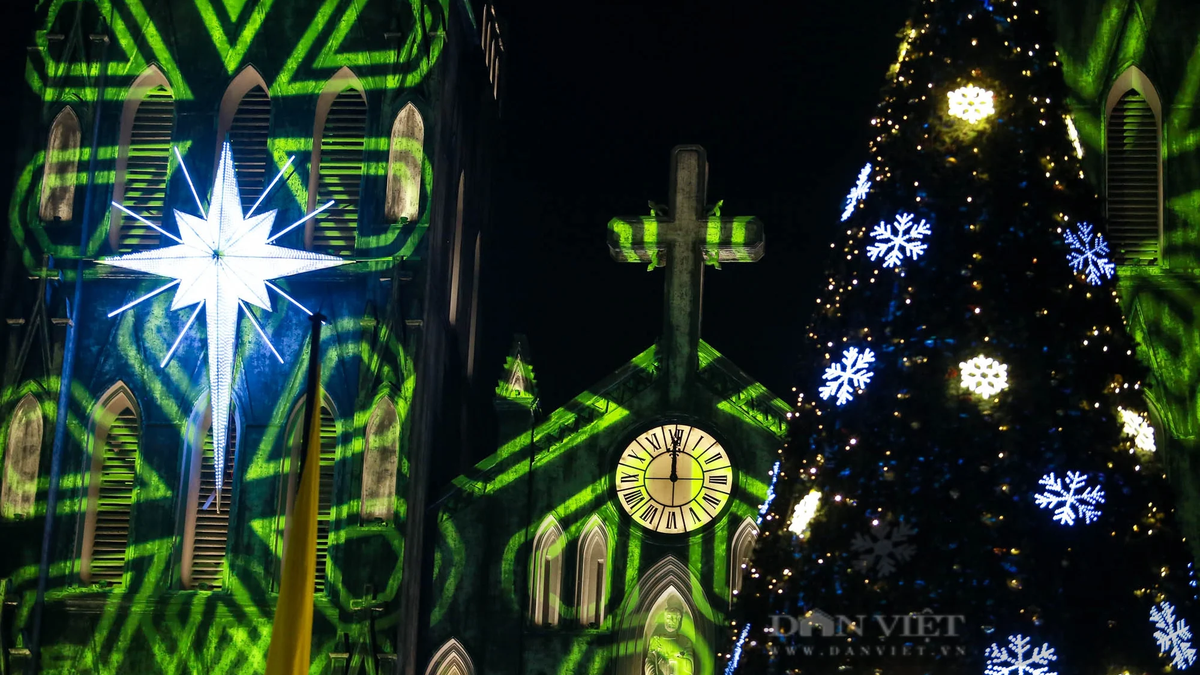In the Nôm script, the word "vàng" (黃) has two meanings: yellow color and gold (precious metal). For example: "The king's favor is rewarded with five golden flags" /恩𤤰𠄼𦰟旗黄 ( Lý Hạng folk song ); "Can a thousand gold coins be exchanged for anything?" /𠦳黄約対特咍庄 ( Quốc âm thi tập by Nguyễn Trãi). However, "vàng" (黃) is not a purely Nôm word, because it is borrowed from the Chinese character " hoàng " (黃).
Huang (黃) is a word that appears in the oracle bone script of the Shang Dynasty. Its basic meaning is yellow, one of the five colors of ancient times, corresponding to the five elements and the five directions. Huang is also used to refer to yellow objects, animals, and plants, or as an abbreviation for the Emperor. As a noun, Huang (黃) is also used to refer to the earth ( Huan Huang : heaven and earth); the elderly ( Huang Fa or Huang Ju ); and children (during the Tang Dynasty, children under 3 years old were called Huang ).
According to Professor Mark J. Alves, the word "gold" in Vietnamese originates from the Chinese character " huang " (黃), a character whose ancient Chinese pronunciation was reconstructed as /*N-kʷˤaŋ/ ( Identifying early Sino-Vietnamese vocabulary through linguistic, historical, archaeological, and ethnographic data , 2016). Of course, ancient Vietnamese people did not pronounce " huang " (黃) according to the ancient Chinese pronunciation; even in the 1st-2nd centuries (the pre-Viet-Muong period in linguistics), Vietnamese did not pronounce it as "gold" because Vietnamese did not have tones during this period. It was not until the 6th century, according to the French linguist A.G. Haudricourt, that Vietnamese began to have three tones (level, falling, and rising), at which point the sound "gold" likely appeared, a mispronunciation of the Chinese " huang " (黃), with the tone being the falling tone (\), i.e., the low-pitched level tone (low or high level). Then, in the 17th century, Vietnamese finally developed all six tones. The Vietnamese transliteration of " hoang " (黃) from Sino-Vietnamese was based on the phonetic transcription: (h(o) + (q)uang), pronounced "hoang" ( Kangxi Dictionary ).
Besides the word "huang" (黃), there is another Sino-Vietnamese word, "kim " (金), which also means "gold" (metal). This word appears in the Chinese proverb "True gold does not fear fire " (真金不怕火炼), later shortened to the Vietnamese proverb "True gold does not fear fire" (真金不怕火), which Vietnamese people translate as "True gold does not fear fire." This phrase means that what is right can withstand trials, a metaphor for "a person with good character and strong will can overcome any challenge." This phrase originates from chapter 115 of the novel "Yan Yang Tian " (艳阳天) by Hao Ran, a famous Chinese writer: "Dark clouds cannot cover the sun, true gold does not fear fire." (The old cloud does not stay in the sun, The true gold does not break the fire/乌云遮不住太阳, 真金不怕火炼).
Source link






![[Photo] General Secretary To Lam visits the exhibition space showcasing books, photo exhibitions, and achievements of digital transformation in journalism.](/_next/image?url=https%3A%2F%2Fvphoto.vietnam.vn%2Fthumb%2F1200x675%2Fvietnam%2Fresource%2FIMAGE%2F2025%2F12%2F19%2F1766110879215_1766110240024-jpg.webp&w=3840&q=75)
![[Photo] Enchanting ancient rose garden on the mountainside in Nghe An](/_next/image?url=https%3A%2F%2Fvphoto.vietnam.vn%2Fthumb%2F1200x675%2Fvietnam%2Fresource%2FIMAGE%2F2025%2F12%2F19%2F1766109900916_vuon-hong-chin-do-thu-hut-du-khach-toi-check-in-o-ha-noi-3-20162778-1671624890024-1671624890104198100259.jpeg&w=3840&q=75)






























































































Comment (0)